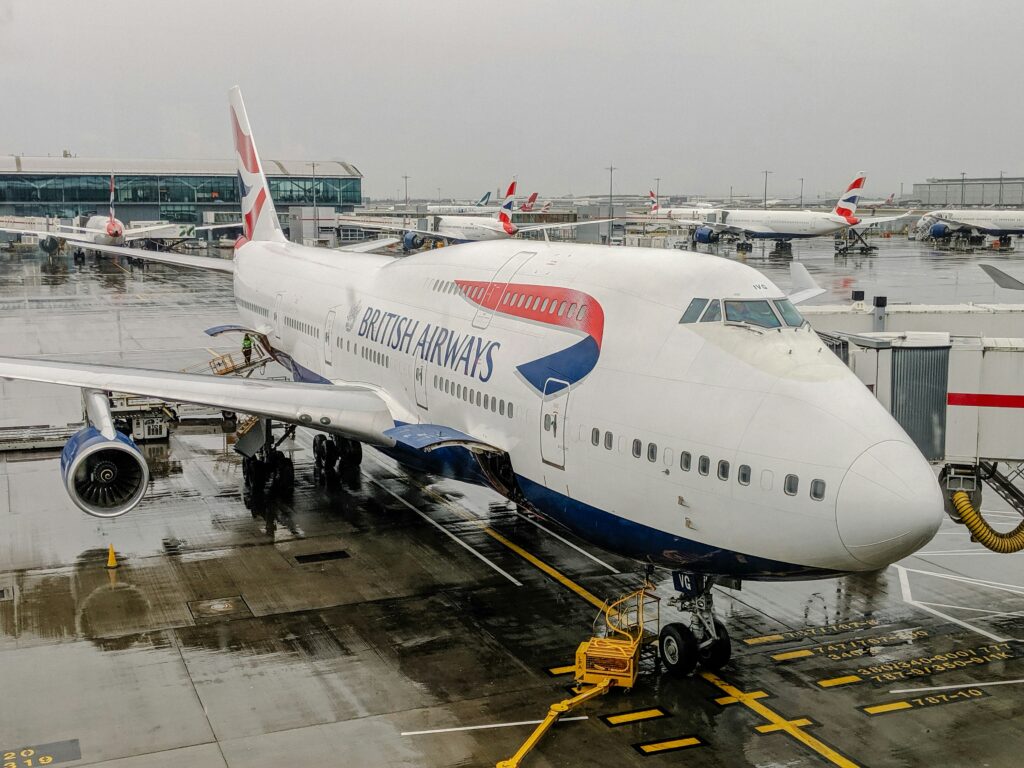The Air Force One fleet, consisting of two highly modified Boeing 747s, has been in service for more than 30 years. The aircraft play a crucial role in transporting the U.S. president and are equipped with advanced security and communication systems. Boeing is responsible for building their replacements, but delays and financial issues have pushed back the project’s timeline. The company has already lost billions of dollars on the contract, leading to concerns over whether it can meet its commitments.
Former President Donald Trump recently visited a Boeing aircraft to review new technology and highlight the repeated delays in delivering the upgraded Air Force One planes. His visit drew attention to the challenges surrounding the project and the ongoing struggles faced by Boeing.
Trump Inspects Boeing Aircraft and Raises Concerns Over Delays
On Saturday, Trump toured a 13-year-old Boeing aircraft at Palm Beach International Airport. His visit was meant to assess its technological advancements and compare them to the features planned for the new Air Force One models.
Steven Cheung, White House communications director, addressed the visit. “President Trump is inspecting a Boeing plane to review its updated hardware and technology,” he said. “This visit emphasizes Boeing’s failure to meet its commitment to deliver the new Air Force One aircraft on time.”
The two existing Air Force One planes remain essential for presidential travel. Boeing’s contract to produce new replacements has been marked by multiple setbacks, extending the timeline and causing significant financial losses. The prolonged delays have sparked frustration among officials, as the aircraft were originally expected to be delivered much earlier.
Missed Deadlines and Cost Concerns
The original plan set the delivery of the first new Air Force One aircraft for 2024. However, the U.S. Air Force now projects the first plane will not be ready until 2027, with the second expected in 2028. This delay means Trump may only see the second aircraft in service if he secures a second term in office.
Trump has been vocal about his dissatisfaction with the project’s high costs and slow progress. During his first term, he negotiated a lower price for the Air Force One contract. In a 2024 online discussion with Tesla and SpaceX CEO Elon Musk, he claimed that his actions saved taxpayers over $1 billion (€950 million).
“Over a few weeks, I kept refusing to approve it, and I lowered the cost by $1.6 billion (€1.5 billion). The only difference is we got a nicer paint job,” Trump said.
Elon Musk’s Role in Cost-Cutting and Aircraft Modifications
Elon Musk, one of Trump’s largest campaign donors in 2024, now leads the newly formed Department of Government Efficiency. His agency focuses on reducing federal spending, eliminating unnecessary government programs, and restructuring agencies. Musk’s approach has faced criticism, but Boeing CEO Kelly Ortberg confirmed last month that Musk is working directly with Boeing to speed up Air Force One production.
The collaboration between Musk and Boeing has raised questions about how much influence the tech billionaire has over government contracts. While Musk’s expertise in aerospace technology is well recognized, some officials worry about the potential consequences of his cost-cutting strategies on the safety and reliability of Air Force One.
Trump’s Proposed Changes to Air Force One’s Design
Aside from financial concerns, Trump has also expressed a desire to modify the aircraft’s appearance. Traditionally, Air Force One features a light blue and white color scheme that has remained unchanged for decades. Trump previously suggested altering it to a darker shade, which he believed would give the aircraft a stronger, more modern look. However, his attempt to implement this change during his first term was blocked by then-President Joe Biden. A government study found that repainting the aircraft could require additional testing, leading to further delays and increased costs.
Despite these challenges, Trump remains focused on seeing the project completed. His recent visit to the Boeing aircraft was a direct message to the manufacturer that he expects results. Meanwhile, Boeing faces mounting pressure to meet its obligations and avoid further financial setbacks.
As the new Air Force One project moves forward, concerns over cost, efficiency, and delivery timelines will continue to be a topic of debate. For more updates on this developing story, visit Financial Mirror.
